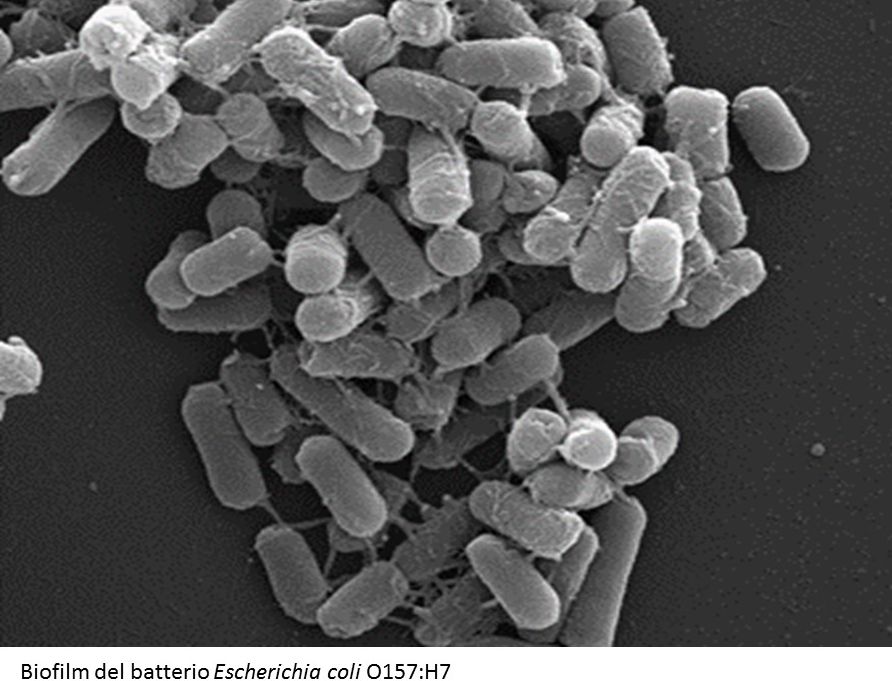The Istituto Superiore di Sanità (ISS, the National Institute of Health in Italy) is at the forefront in the fight against infectious agents which, constantly changing over time, make it necessary to frequently update the priorities for action.
The ISS implements surveillance, prevention and control measures against emerging diseases such as those deriving from the spread of antibiotic-resistant biological agents commonly found in the nosocomial environment, and those transmitted by vectors, such as chikungunya, dengue and west nile.
Vaccine preventable diseases, though currently reduced thanks to suitable interventions, represent a significant percentage of diseases on which it is important to maintain high attention.
Viral hepatitis and sexually transmitted infections, such as human papillomavirus (HPV) infection, are a paradigmatic example of chronic infections that can result in degenerative diseases and even cancers. For some of them, such as hepatitis B virus (HBV) and HPV infection, a vaccine is available.
Finally, intestinal parasitic infections and echinococcosis, considered also among neglected diseases, are present in many areas of the world.
Regarding HIV/AIDS, although antiretroviral therapy (ART) has saved millions of lives it does not eradicate the virus nor fully restores the function of the immune system, and is challenged by late initiation and poor adherence to treatment.
In order to stop the HIV epidemic and assure a better expectancy/quality of life to people living with HIV (about 38 million worldwide, 20.6 million of which in Africa), the ISS develops surveillance, prevention and treatment strategies, coordinating with the National Health Service and the Italian Regions, as well as developing countries and international bodies.
The main objectives are:
- to asses and surveil the spread of HIV variants and co-infections in Italy, particularly in vulnerable populations
- to study the mechanisms of HIV infection, AIDS development and HIV-associated diseases
- to facilitate adherence to treatment by improving ART effectiveness while reducing drugs side effects
- to develop novel strategies to prevent HIV infection, reduce the progression to AIDS, combat co-morbidities, and to intensify ART (with focus on preventative and therapeutic vaccines)



